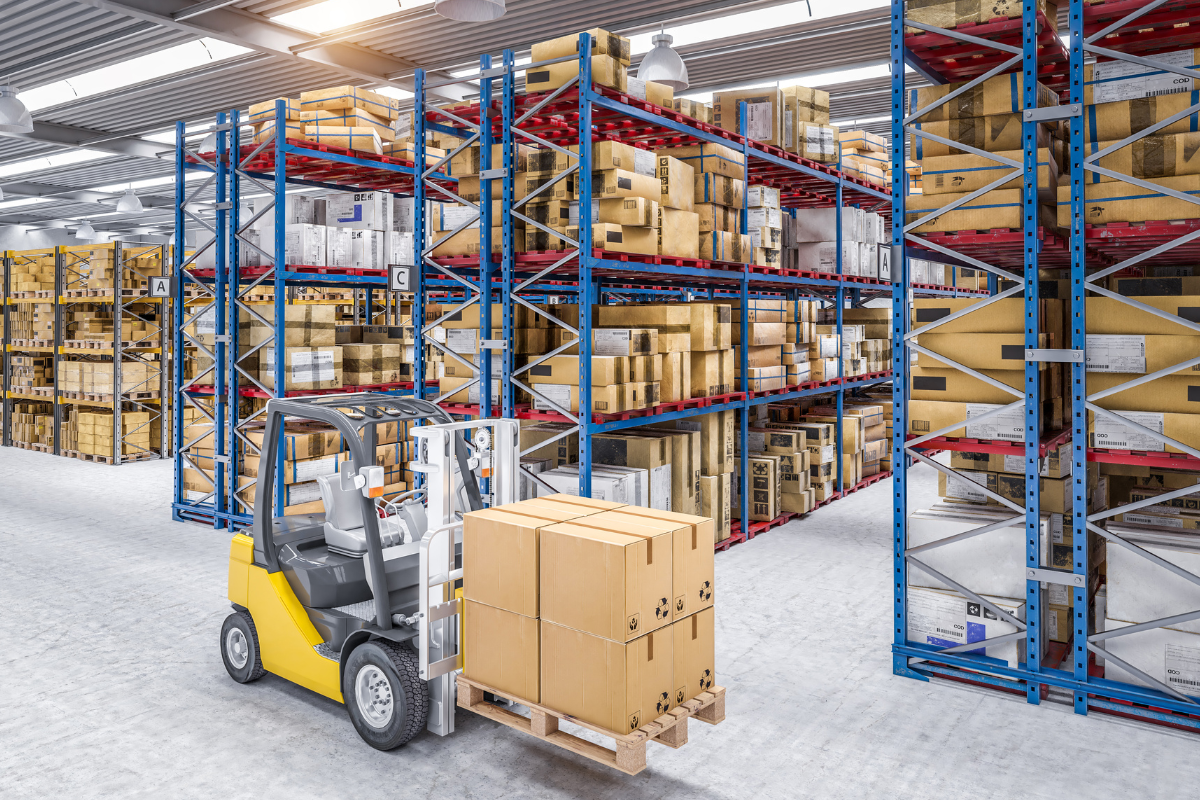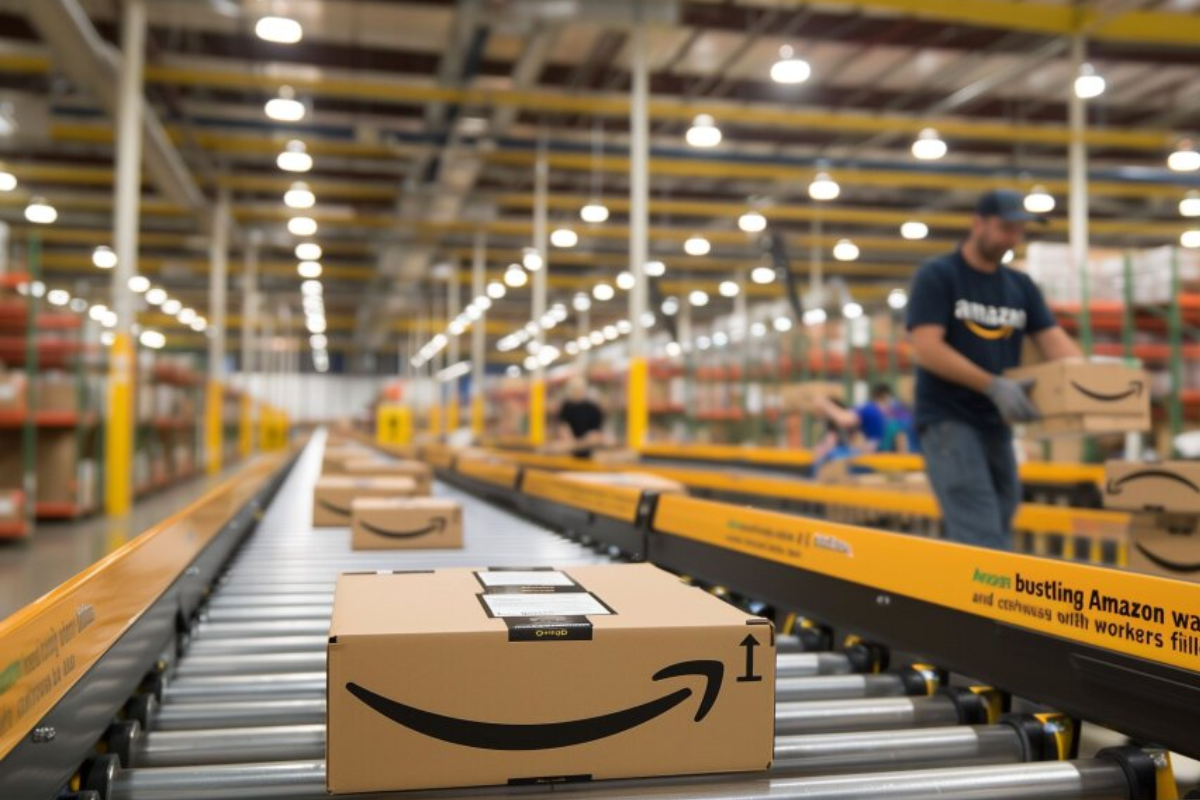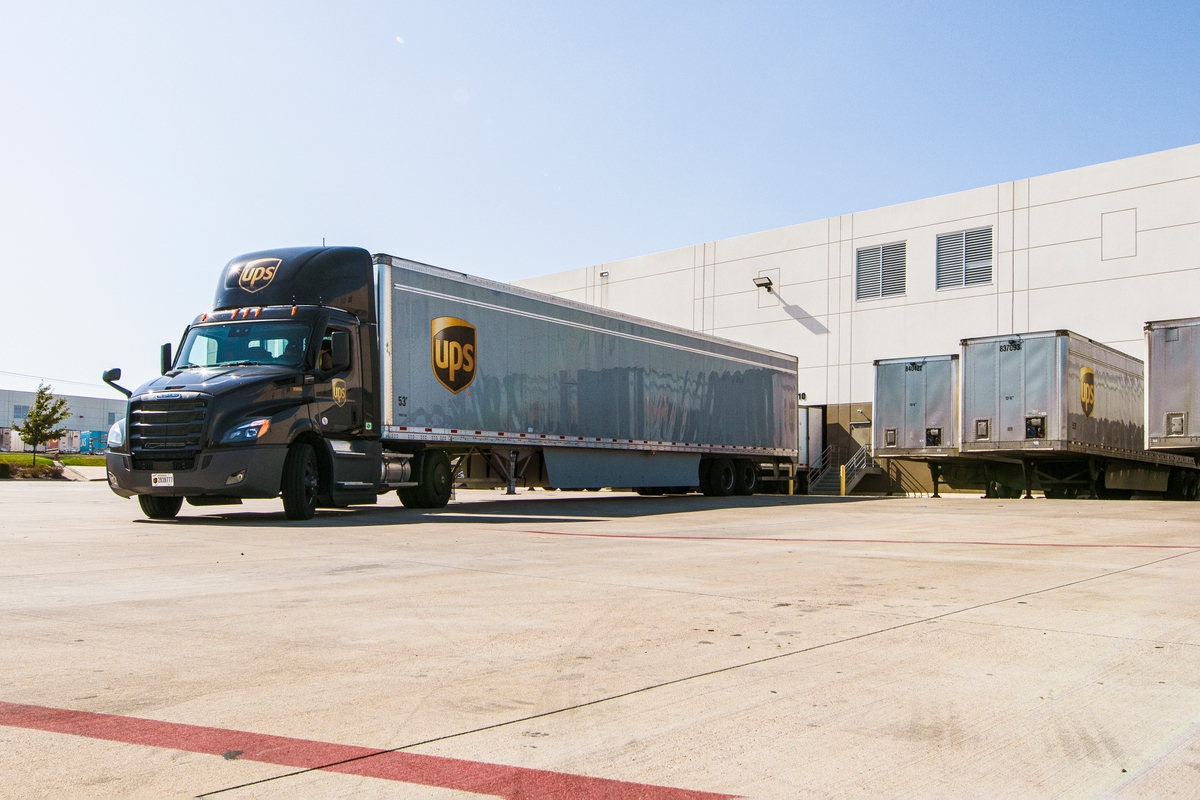
Inbound Logistics Shifts To AI-Driven Risk Scoring
Inbound logistics has traditionally followed the logic of first-in, first-out (FIFO), with dock assignments driven by arrival schedules or static delivery windows. But in high-velocity

Inbound logistics has traditionally followed the logic of first-in, first-out (FIFO), with dock assignments driven by arrival schedules or static delivery windows. But in high-velocity

Predictive Analytics Blueprints This blueprint offers a step-by-step guide to implement predictive analytics in supply chain demand forecasting to improve accuracy, reduce imbalances, and align

A sharp rise in container shipping costs from China to the U.K. is putting fresh pressure on import-heavy sectors and complicating the Bank of England’s

U.S. ports are bracing for a sharp rise in equipment costs as the Trump administration considers tariffs of up to 100% on Chinese-manufactured cranes, on

Amazon’s new facility in Nagoya blends geothermal climate control and vertically mounted solar panels to drive carbon-free operations in one of the company’s most space-constrained

Facing rising labor intensity from e-commerce fulfillment, Gap Inc. is using mobile trailer-unloading robots to restructure inbound workflows across its North American distribution network. The

As fulfillment systems grow more intelligent, the logic behind them is becoming more contested. Algorithms that once simply routed orders or assigned pick tasks are

As global tensions mount and trade routes shift, logistics networks are being reshaped not just by demand signals, but by geopolitics. In the past, adjusting

United Parcel Service (UPS) is offering buyouts to full-time delivery drivers for the first time in its 117-year history, signaling growing pressure to trim labor

As fulfillment demands spike ahead of peak seasons, many warehouses wait for disruption to expose their weakest links. But that approach is changing. Companies are

Inbound logistics has traditionally followed the logic of first-in, first-out (FIFO), with dock assignments driven by arrival schedules or static delivery windows. But in high-velocity

Predictive Analytics Blueprints This blueprint offers a step-by-step guide to implement predictive analytics in supply chain demand forecasting to improve accuracy, reduce imbalances, and align

A sharp rise in container shipping costs from China to the U.K. is putting fresh pressure on import-heavy sectors and complicating the Bank of England’s

U.S. ports are bracing for a sharp rise in equipment costs as the Trump administration considers tariffs of up to 100% on Chinese-manufactured cranes, on

Amazon’s new facility in Nagoya blends geothermal climate control and vertically mounted solar panels to drive carbon-free operations in one of the company’s most space-constrained

Facing rising labor intensity from e-commerce fulfillment, Gap Inc. is using mobile trailer-unloading robots to restructure inbound workflows across its North American distribution network. The

As fulfillment systems grow more intelligent, the logic behind them is becoming more contested. Algorithms that once simply routed orders or assigned pick tasks are

As global tensions mount and trade routes shift, logistics networks are being reshaped not just by demand signals, but by geopolitics. In the past, adjusting

United Parcel Service (UPS) is offering buyouts to full-time delivery drivers for the first time in its 117-year history, signaling growing pressure to trim labor

As fulfillment demands spike ahead of peak seasons, many warehouses wait for disruption to expose their weakest links. But that approach is changing. Companies are



©Your trusted source for cutting-edge insights, best practice frameworks, and the latest news tailored exclusively for Supply Chain leaders.
Part of 360 Intelligence Ltd